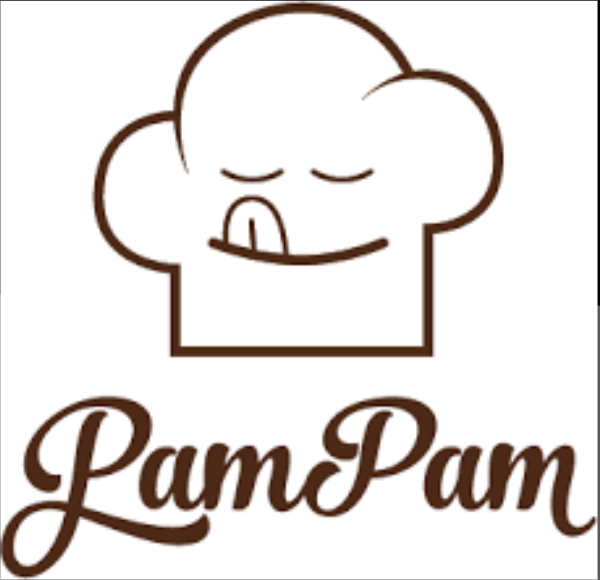The Japanese spirits market was shaken and stirred by COVID-19. But now restrictions are lifting and the market is recovering. New opportunities are overflowing and players in the spirits industry at home and abroad are looking to capitalize on them. This article looks at the current hard spirits landscape and emerging trends and innovations to watch out for in 2023.
The Japanese spirits market took a massive hit during the height of the pandemic due to the Japanese government’s mitigation policies. The alcohol ban that was put into place between July and October 2021 dealt on-trade a particularly savage blow. Bars and restaurants could no longer sell alcohol after 7 pm, which is the time consumers usually start drinking. This caused major pub chains such as Watami to pause or even shut down their business. The three main channels where drinking trends have historically formed in Japan (izakaya, casual bars/pubs, and nightclubs) were no longer a safe investment for suppliers. So, spirits companies turned their attention to improving off-trade sales as a main strategy.
An Updated Look at the Spirits Market In Japan
Spirits do most business in Japan through the on-trade market, the landscape of which was drastically altered during the pandemic. It dropped by 28% compared to 2020, and 25% when compared to 2019. How the on-trade channel recovers will reshape the market. Experts expect it to grow by 30% by the end of 2023 when compared with 2021. This would drive up total market sales by 10%.
As for beer and RTD, consumers usually pick these up at the local store and drink them at home. This is not the case with most spirits. Consumers are traditionally unsure how to enjoy them properly at home. The exception being whiskey which has always had higher off-premise consumption. But this is slowly changing, and Japanese people are enjoying more kinds of spirits at home or during outdoor gatherings.
Despite the pandemic, the overall whiskey market has grown consistently with a CAGR of 11% between 2014 and 2021. In 2022, the category grew by 30%. Experts predict traction to continue accelerating this year. It will be driven by the trend towards premiumization (drinkers are discovering more brands and trying out more expensive bottles), broader occasions, broader whiskey consumer segments, and a broader repertory. The initial whiskey trend has led light users to experiment more and start to understand the liquid profile.
Supplychain disruption means new opportunities in the Japanese spirits market
Another knock-on effect of COVID-19 is disruption to the supply chain. Distilleries have had issues securing bottles or ingredients. Even if their beverage is bottled, produced, and ready to go, they face delays in transportin to businesses. The surge in consumption post-restrictions meant that large overseas companies who have been working with reduced inventories during the pandemic can’t meet demand. The result is that they prioritized their most profitable markets and allocated less stock to Japan. Following this, there has been a shortage of some products such as American whiskey, and some products have been discontinued.
This situation is impacting historical relationships between leading spirits companies and their distributors. This represents growth opportunities for new entrants. This is true even forsmaller companies, capable of offering the Japanese market a secure supply of high-quality whiskey.
Another consequence of these supply chain problems is a push toward premiumization. One pallet of expensive whiskey could result in the same sales revenue as a full container of cheap whiskey, using much few resources and effort.
Since the lift of pandemic-era restrictions in 2022, some burgeoning trends started to emerge in the spirits market. Let’s explore the notable developments our marketing experts have observed.
The Japanese Spirits Market is Rapidly Adapting to E-commerce
Most businesses in the Japanese spirits market cut investment in bars and tried to shift towards online sales during the pandemic. The main success stories of this strategy were the already established online stores such as Shinanoya, a whiskey specialist site. Although the retailers behind these sites lost sales from bars and restaurants, they improved sales to private consumers. Buying alcoholic drinks via e-commerce has become a significant channel, and spirits had a 7% share in 2020. Meanwhile, whiskey racked up a 30% growth in gains, the largest percentage of all spirits. The online space now presents a tantalizing opportunity for players in the hard spirits space.
Big-name online shopping sites such as Amazon and Rakuten also saw improved alcohol sales during this time. Major spirits companies took advantage of the already established links they had with Amazon and invested in driving web traffic toward their Amazon stores. There are plenty of thirsty Japanese consumers heading to these sites in search of new tipples.
Outside of major online marketplaces, subscription services, popular for wine, didn’t take off for spirits. But Japanese crowdfunding sites are an emerging way to drum up promotion for new and less established alcohol brands.
Japanese Are Now Consuming Spirits On a Range of Different Occasions
On-premise consumption tanked during the pandemic so consumers found new occasions to enjoy their favorite beverages. Streaming services and platforms, such as Netflix and Twitch, became popular evening entertainment. Spirits became a popular beverage to enjoy alongside this. This new interest in consuming spirits at home presents opportunities to push beverages in the off-trade channel, particularly in the e-commerce sector, as the target consumer is already easily found online. Product placement and collaborations with influencers seem to go hand in hand with this newfound online-oriented occasion.
Camping has boomed since 2020. It was an activity that didn’t breach lockdown restrictions and a popular alternative to music festivals, most of which were canceled. Many camped for the first time, and casual campers made the trips a habit. Whiskey became seen in Japan as a go-to beverage for camping.
American whiskey’s rugged image may have been a factor in making it seem like the perfect outdoor libation. This wasn’t the result of any campaign in particular. Instead, whiskey and a bottle of soda are lighter, simpler alternatives to lugging heavy packs of beer to the campsite.
The emergence of this new occasion also supported the current trend towards premiumization in the Japanese spirits market. Campers are tending to upgrade their drinks rather than just pick up the cheapest tipple on the shelf. As this trend takes shape, whiskey brands in Japan have been leaning heavily into this angle when producing promotional materials. They display a bottle front and center, in an alluringly cozy campsite setting. This creates an irresistible prospect for many Japanese consumers.
Never give up gin pushing
Though not as central to the Japanese spirits market as whiskey, gin is growing in popularity in Japan. Gin hasn’t traditionally inspired much excitement, but thanks to aggressive promotion from Suntory, it seems to be creeping back into the limelight. Shochu companies and some new players in the market have been developing craft gin brands too. Consumers are starting to take note.
However, the main driver behind this trend is Suntory pushing Sui, their own gin brand. Due to the current issues surrounding the whiskey supply chain, Suntory is trying to shift attention toward gin instead. Gin is much simpler to produce and if they succeed in ramping up interest, they won’t have to rely on whiskey as much.

The initial timing for this promotional strategy was unfortunate (during the COVID breakout), but Suntory has kept pushing their gin because of these supply concerns. In particular, they have focused on ‘gin soda’ as a new category. They appeal to consumer concerns about health and are trying to position it as a drink that pairs well with izakaya fare. Consumers see soda as a healthier choice compared to tonic and are increasingly consuming it at home. Suntory’s investment in this strategy seems set to continue. Given their historical place in the market as tastemakers, the interest in gin among the general public should see an upsurge. If so, it will ignite an interest in more premium brands and shift focus from mainstream Japanese brands.
Boldly Moving to Direct Distribution Models
Big trends have been slow to appear since the lifting of restrictions, but one place we expect to see some innovative ideas coming from is the major spirits companies based abroad that have recently broken off from their Japanese distributors. Historically, the usual way to enter the Japanese market and maintain success there is to team up with a large distributor, but some brands are shifting to the direct distribution model, despite the risks.
In 2020 Campari parted ways with Asahi and established their own direct import and sales system under the name CT Spirits Japan. This was a bold move, shocking the industry, but likely to be essential for Campari’s long-term growth.
In 2021, Diageo followed suit, choosing to break away from Kirin. This was painful as they were involved in a joint venture. Currently, Kirin is still managing some of Diageo’s mainstream brands, while the company themselves have begun distributing products from its more premium portfolio directly.
There are plenty of roadblocks to navigate, but these unusual moves have caught the attention of retailers and wholesalers. These two groups are frustrated with large Japanese companies’ reluctance to develop a spirits portfolio beyond whiskey. Many are watching to see what these brands will make of their newfound freedom, and perhaps we will see some innovative and creative trends originating from this direction. What’s for certain is that post-pandemic, the distribution landscape for spirits is undergoing a major shift, and….
This Represents Opportunities in the Japanese Spirits Market in 2023
Whether you’re an independent new entrant looking to establish business in Japan or you’re a historic spirits leader, the changing spirits market in Japan presents massive opportunities.
Capturing them requires two things.
You must approach the market with a strategic and long-term perspective, and have the support of local experts. GourmetPro’s vetran team of spirits industry experts have decades of experience cracking open opportunities for new and established brands in Japan.
For independent new entrants, GourmetPro can help you to:
- Work with local operation expert to build your own resources on the ground, and maximize your value chain; and/or
- Work with a local commercial expert to navigate through the complex Japanese distribution and build new distribution partnerships.
For historic spirits leaders, our experts can help you to:
- Reset your relationship with your distribution partners; and/or
- Retake control of your distribution and/or marketing plans and build relationships with trade and key customers.
Reach out to us today and start unlocking growth for your business:


%206.png)
.svg)






.svg)



.svg)
.svg)
.svg)
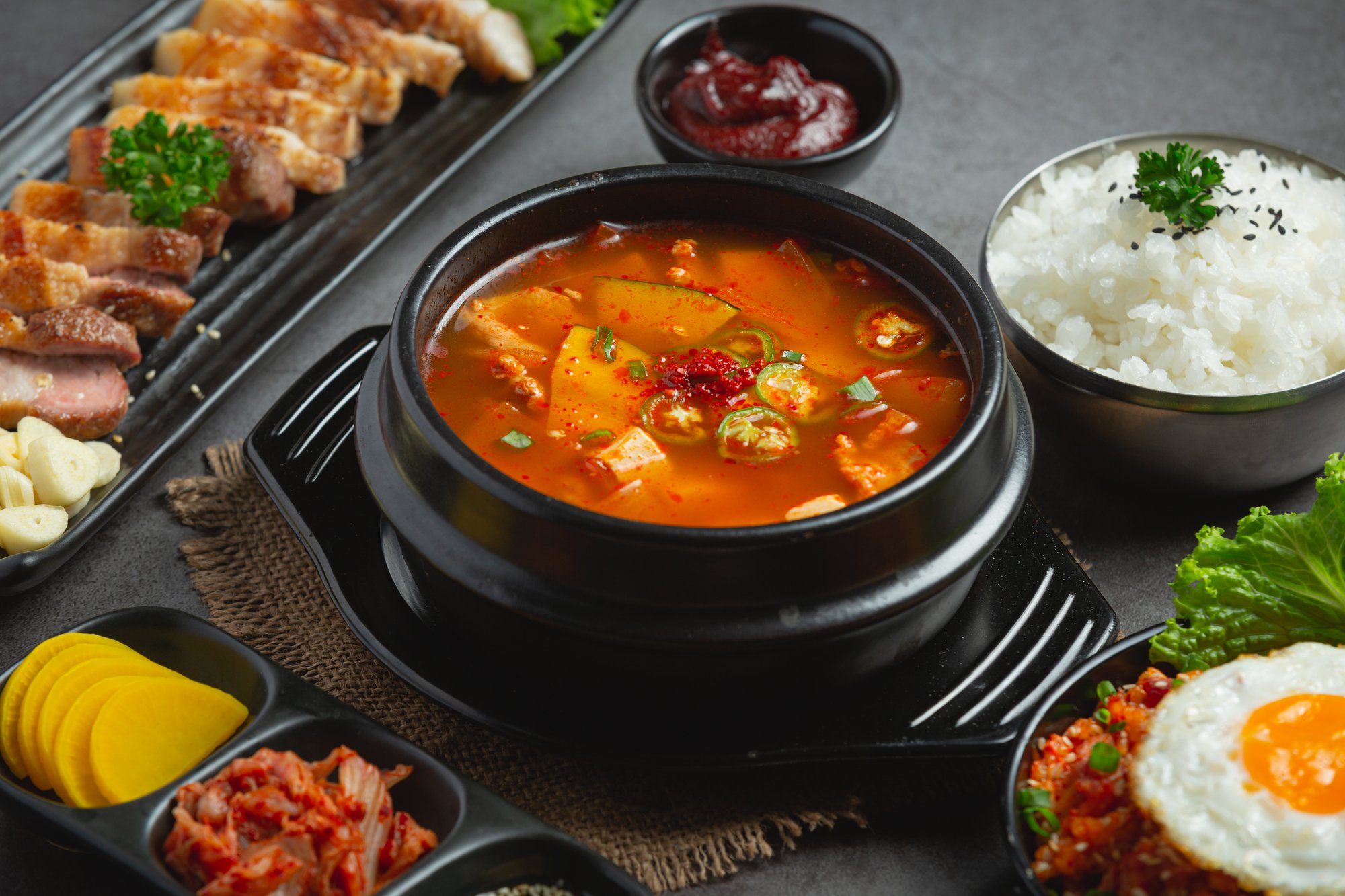
.svg)







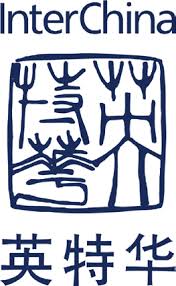


















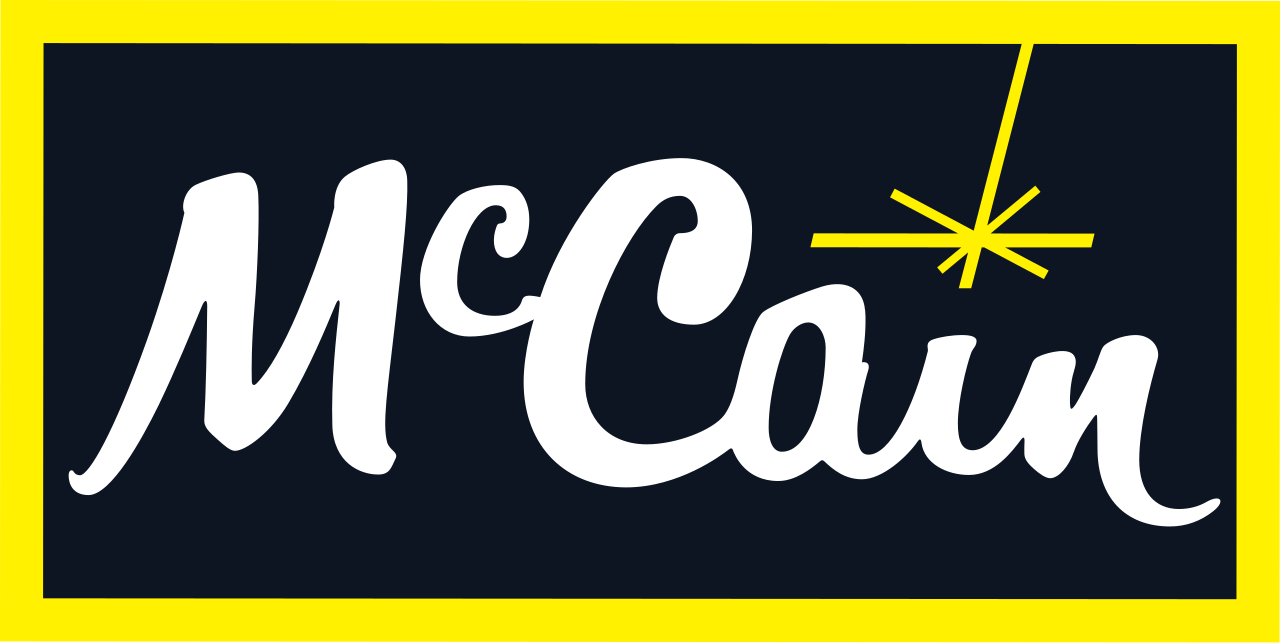
















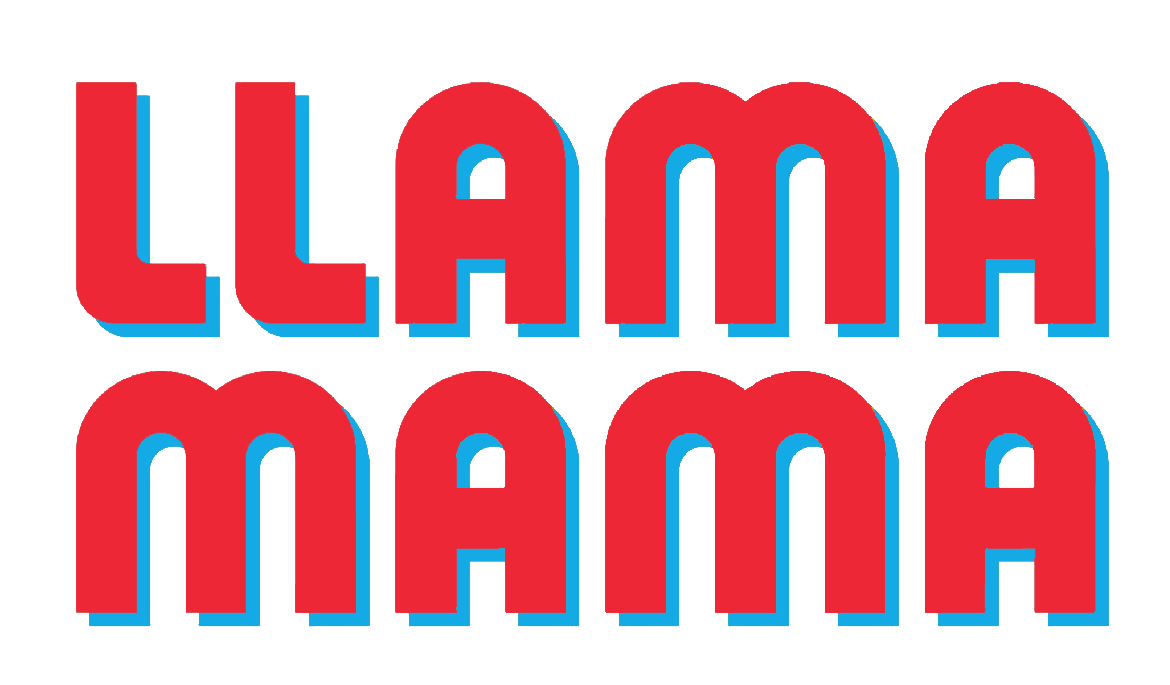







.png)













